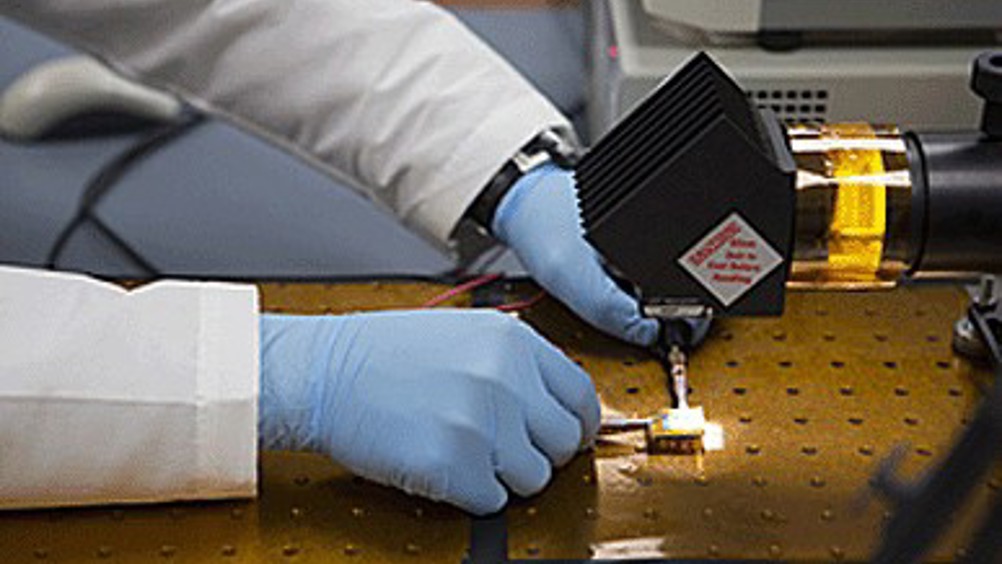Graphene flakes improve solar cell properties
University of Cincinnati researchers are reporting early results on a way to make solar-powered panels in lights, calculators and roofs lighter, less expensive, more flexible and more efficient.

Fei Yu, a University of Cincinnati doctoral student in materials engineering, presented new findings on boosting the power conversion efficiency of polymer solar cells on March 3, at the American Physical Society Meeting in Denver.
Yu is experimenting with adding a small fraction of graphene nanoflakes to polymer-blend bulk-heterojunction solar cells to improve performance and lower costs of solar energy.
‘There has been a lot of study on how to make plastic solar cells more efficient, so they can take the place of silicon solar cells in the future,’ Yu said in a statement. ‘They can be made into thinner, lighter and more flexible panels. However, they’re currently not as efficient as silicon solar cells, so we’re examining how to increase that efficiency.’
Polymers are carbon-based materials that are more flexible than the traditional, fragile silicon solar cells. Charge transport, however, has been a limiting factor for polymer solar cell performance. Graphene, however, is a natural form of carbon with very high charge conductivity.
Register now to continue reading
Thanks for visiting The Engineer. You’ve now reached your monthly limit of news stories. Register for free to unlock unlimited access to all of our news coverage, as well as premium content including opinion, in-depth features and special reports.
Benefits of registering
-
In-depth insights and coverage of key emerging trends
-
Unrestricted access to special reports throughout the year
-
Daily technology news delivered straight to your inbox










Water Sector Talent Exodus Could Cripple The Sector
Maybe if things are essential for the running of a country and we want to pay a fair price we should be running these utilities on a not for profit...